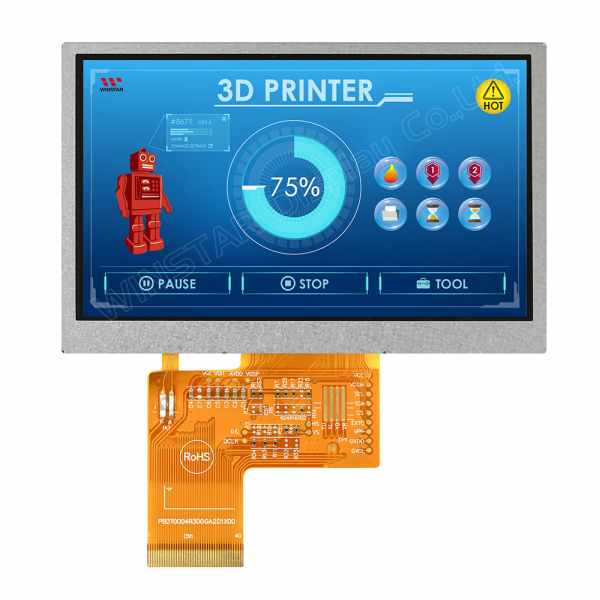There are a lot of different LCD display interfaces depending on the requirements of resolutions, speed, cost, stability etc. The following outlines the common ones on the market:

Parallel Vs Serial Interface
Parallel interface could transmit many data bits at the same time depending on the data bits width.
- PROs: Simple
- CONs: Need RAM, Speed is limited.
Serial interface could transmit just one-bit data at same time
- PROs: less connection, hardware lower cost
- CONs: Software is more complicated
MCU Interface
MCU interfaces include two types, 6800 and 8080. 8080 is much more popular than 6800. Generally, MCU interface consist of 4/8/9/16bits data (like DB0, DB1, , , DB7; Note: 8bits is the most popular bits width), CS (chip select), RS (data register or instruction register select), RD (read enable), WR (write enable).
Used in Mono character, graphic, small TFT (smaller than 3.5”)
SPI Interface
SPI (Serial Peripheral Interface Bus) includes the following 4 wires:
- SCLK: serial clock (output from master);
- MOSI; master output, slave input (output from master);
- MISO; master input, slave output (output from slave);
- SS: slave select
Used in Mono digit, character, graphic LCD, small TFT, some CTP
Read more: AN INTRODUCTION: LCD COMMON INTERFACES

